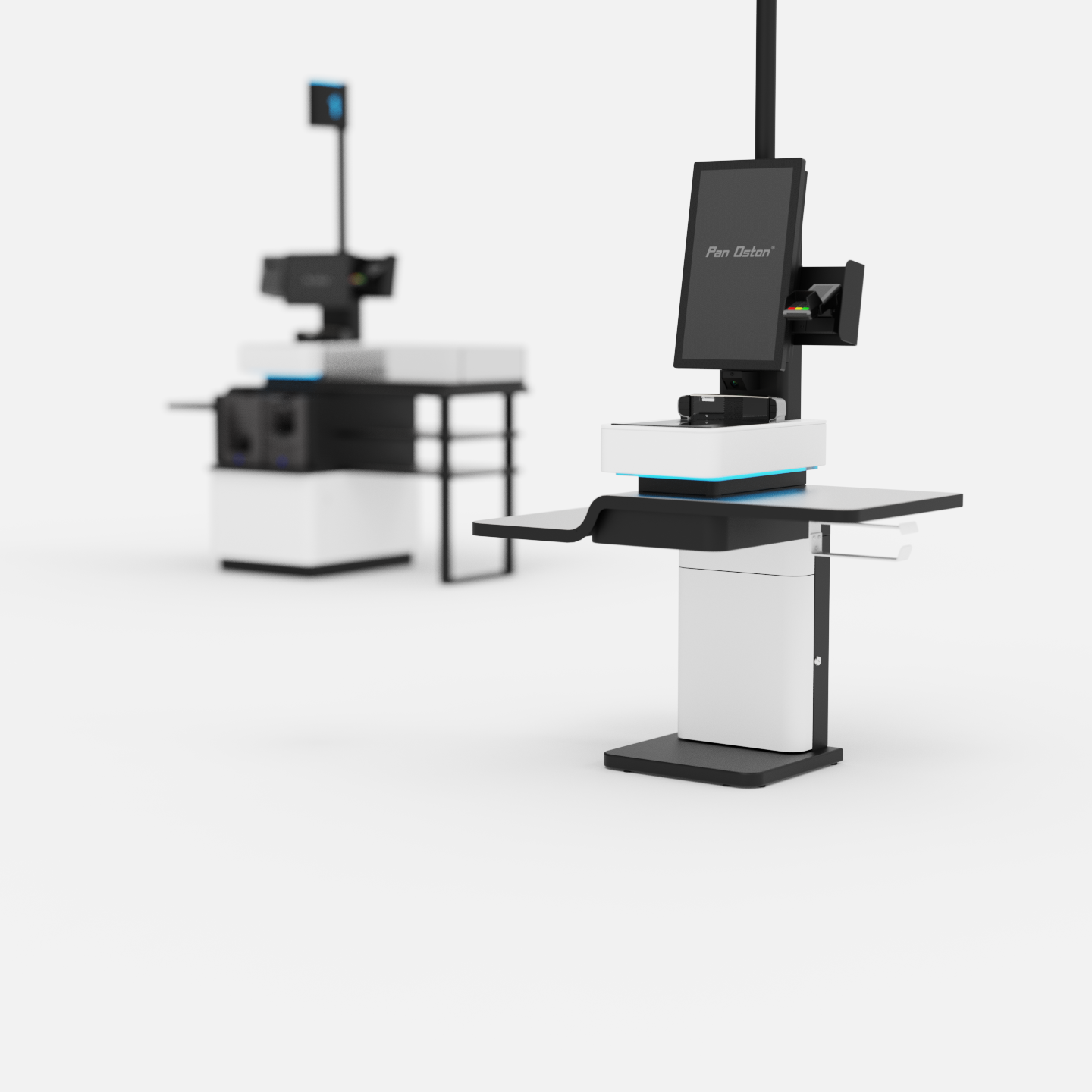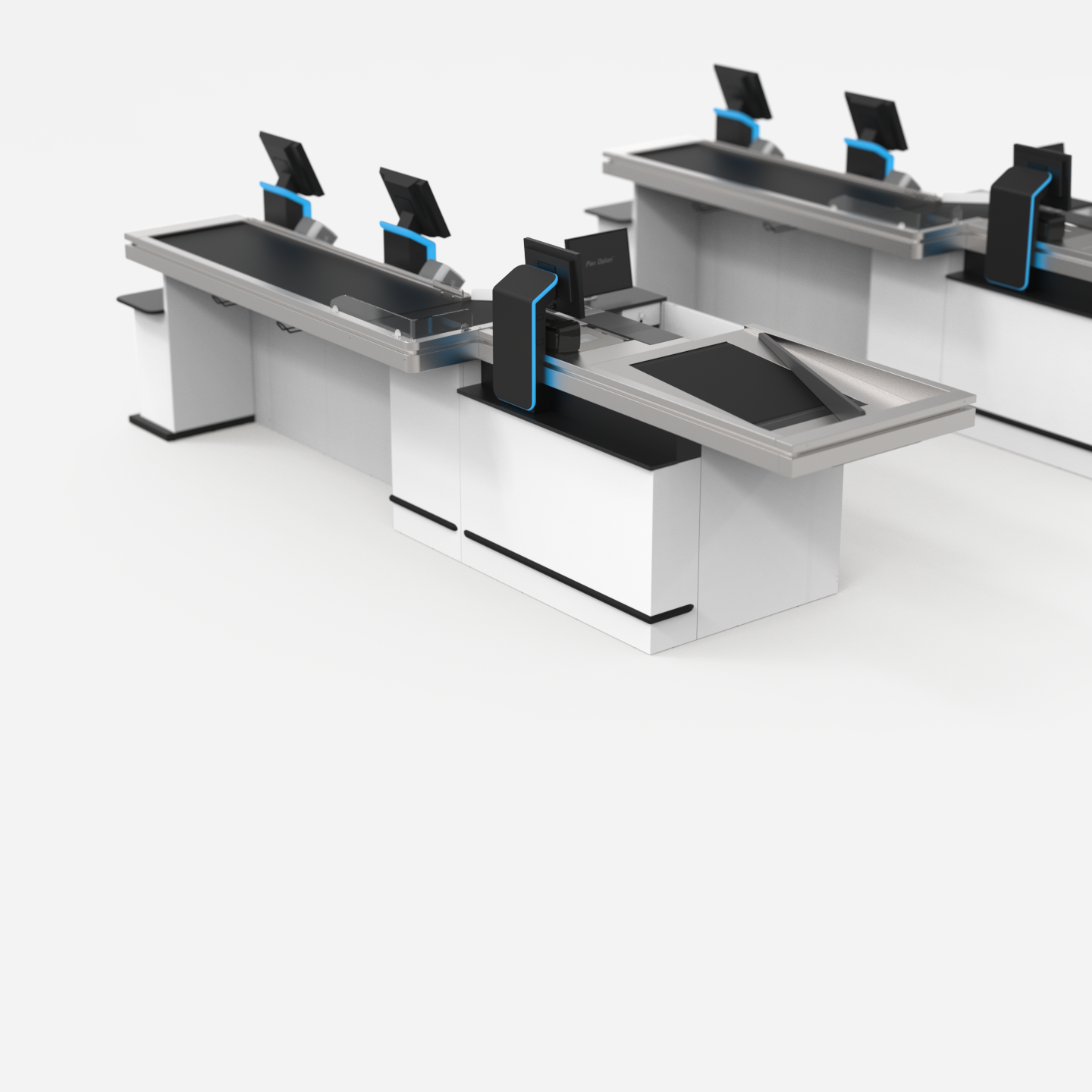Preventing shrinkage in Self-Checkouts using Artificial Intelligence
Self-checkout systems have become increasingly popular in retail, providing customers with a convenient and efficient way to make purchases. However, one of the challenges retailers face is shrinkage, which refers to the loss of inventory due to customer errors, theft or fraud. To address this problem, artificial intelligence (AI), computer vision, and machine learning technologies have emerged as powerful tools for preventing shrinkage in self-checkout systems. This article will explore how these technologies are revolutionising the retail industry and transforming self-checkout processes.
Understanding Shrinkage in Self-Checkouts
Shrinkage in self-checkouts can occur in various ways. First to contribute to shrinkage are accidental errors made by customers during the checkout process. After all, unlike retail employees, customers are not professionally trained in the use of checkout systems. The second major factor is fraudulent activity, such as skipping scanning, price tag switching, product switching, and other techniques.
Take basic precautions
When switching to the use of self-checkouts, there are several basic precautions that retailers should take into consideration in order to keep shrinkage to a minimum.
- Make informed decisions as to the location and layout of the self-checkout area in the shop, making sure there are clear sight lines for self-checkout hosts and other staff members
- Consider the use of entry and/or exit gates in the self-checkout area
- Install a CCTV system to monitor customer activity and watch for theft
- Install confrontation screens or confrontation mirrors above the self-checkouts to communicate to customers that they are being monitored
- Install security scales to compare the mass of the scanned items to the mass of the bagged items
- Install high-quality, retail grade, preferably bi-optic scanners to keep error rates low
- Make sure that customers are provided with clear instructions for the use of the self-checkout to ensure a friction-free customer experience and avoid frustration
- Active hosting by well-trained employees is a crucial factor for the success of the self-service area, not just in terms of adoption and service, but also to prevent theft and fraud. Simply by greeting customers, they know they are seen by an employee, and performing regular audits has a preventative effect
- Reduce anonymity by having customers scan their loyalty card prior to starting the self-checkout process
- Use soft tags or RFiD tags on high-value items that must be deactivated in the self-checkout
These methods contribute greatly to the prevention of shrinkage by theft or fraud at the self-checkout. However, they are not always 100% effective in detecting and deterring these activities. This is where AI, computer vision, and machine learning come into play to take things to the next level.

The role of Artificial Intelligence
Artificial intelligence enables self-checkout systems to leverage advanced algorithms and data analysis techniques to improve accuracy and efficiency. AI-powered algorithms can identify patterns, anomalies, and suspicious behaviours, making it easier to detect potential cases of shrinkage. By analysing large volumes of data collected from various sources, including point-of-sale systems, security cameras, and electronic article surveillance (EAS) tags, AI systems can quickly identify potential cases of theft or fraud.
Computer Vision in Self-Checkouts
Computer vision plays a crucial role in self-checkout systems, enabling machines to perceive and understand visual information. Through computer vision, self-checkout systems can recognise products, read barcodes, and verify the accuracy of the items being purchased. Computer vision algorithms can analyse video feeds from security cameras to detect unusual behaviour, such as attempts to bypass scanning or theft. Retailers can significantly reduce shrinkage rates by integrating computer vision into self-checkout systems.
Machine Learning for Shrinkage Detection
Machine learning algorithms can be trained to identify patterns and behaviours associated with shrinkage. These algorithms can learn from vast amounts of data, including historical transaction records, video footage, and inventory information. By continuously analysing this data, machine learning models can improve their accuracy in detecting instances of shrinkage over time. Machine learning algorithms can also adapt to new techniques used by shoplifters, making them more effective in preventing shrinkage.
Detecting Fraudulent Activities
AI, computer vision, and machine learning technologies work in tandem to detect and prevent fraudulent activities in self-checkout systems. Computer vision algorithms can track and analyse customer movements, detecting actions like skipping scanning, item switching, or incorrect barcode scanning. These algorithms can also recognise suspicious behaviour, such as multiple attempts to scan the same item or unusual bagging patterns. By combining computer vision with machine learning, retailers can build intelligent systems that automatically identify and flag potential fraud cases.

Real-Time Alerts and Interventions
AI-driven self-checkout systems can generate real-time alerts to retail staff or loss prevention teams when suspicious activities are detected. These alerts provide immediate notifications, enabling staff to intervene and prevent theft or fraud. With the help of AI, shop employees can respond quickly and effectively, minimising losses and ensuring a safe shopping environment for customers. Additionally, AI systems can generate comprehensive reports and analytics, offering insights into shrinkage patterns and identifying areas for improvement.
Enhancing Customer Experience
While preventing shrinkage is a top priority for retailers, it is equally important to provide a seamless and enjoyable shopping experience for customers. Moreover, there is a degree of correlation between the two, as a friction-free check-out process ensures a positive customer experience where the risk of fraud or theft out of frustration on the customer’s part is greatly reduced. AI, computer vision, and machine learning technologies can optimise the customer experience by improving the speed and accuracy of the check-out process.
Conclusion
Artificial Intelligence offers retailers some very powerful tools when it comes to reducing shrinkage in self-checkouts. AI is not a panacea, however: the introduction of self-checkouts in a retail environment requires a comprehensive approach to shrinkage prevention. This involves taking a number of traditional measures to reduce shrinkage. AI then enables retailers to take things a step further in having self-checkout systems leverage advanced algorithms and data analysis techniques to improve the accuracy and efficiency of the self-checkout process, thus reducing shrinkage.


.jpg)

.jpg)